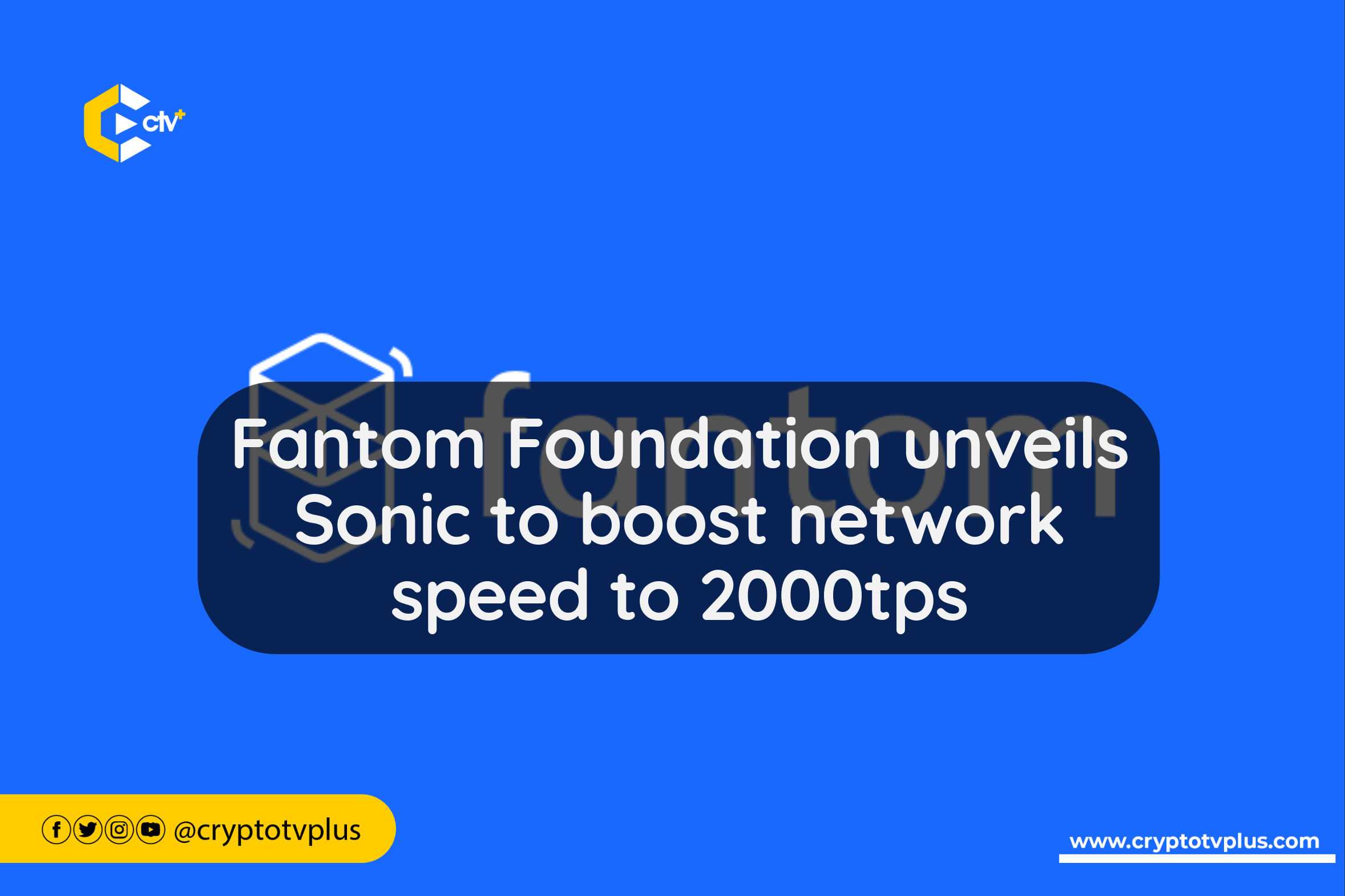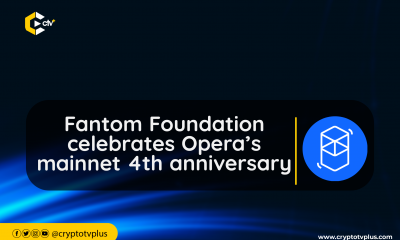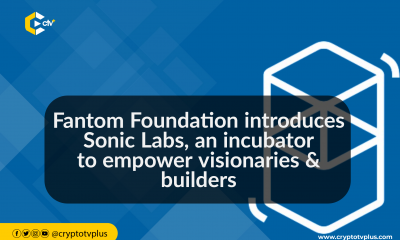News
Fantom Foundation unveils Sonic to boost network speed to 2000tps

The Fantom Foundation announces its latest innovation, Fantom Sonic – a technology designed to enhance blockchain scalability and offer unique speed and security features.
Fantom’s new technology, Fantom Sonic, is a big advancement from its previous network, Opera. Introduced in December 2019, Opera aimed to enhance scalability and reduce processing time by introducing concepts like Concurrent Common Knowledge (CCK) and Lamport Timestamps. However, as demand increased, Opera encountered congestion issues, leading Fantom to develop a solution.
After two years of work, Fantom Sonic is here with the capability to process 2,000 transactions per second (TPS) with rapid finality. This is an improvement over Opera’s 200 TPS which positions Fantom as a leader in blockchain throughput.
Fantom Sonic also offers versatility, serving as the foundation for a new shared sequencer supporting both Layer 1 (L1) and Layer 2 (L2) chains. This sequencer is expected to handle over 180 million transactions daily with real-time confirmation, ensuring a smooth user experience across various applications.
It also features a trust-minimized bridge with native Ethereum access which ensures compatibility with other blockchain networks while maintaining robust security measures.
The Fantom blockchain is a highly scalable and decentralized platform designed for decentralized applications (DApps) and smart contracts.
It utilizes a Directed Acyclic Graph (DAG) structure, which differs from traditional blockchains by representing transactions as vertices stacked on top of one another.
Fantom’s native coin is FTM, utilized for governance, staking, and network security. One unique aspect of the platform is its capability to establish individualized blockchains for each application, guaranteeing high scalability and autonomy.
To tackle the blockchain trilemma issue, Fantom employs a leaderless proof-of-stake (PoS) protocol and an asynchronous Byzantine fault tolerance (aBFT) algorithm known as Lachesis.
In addition to the Fantom Sonic, Fantom plans to simplify staking processes, introduce supersets, implement a parallel Fantom Virtual Machine (FVM), and enhance off-chain execution with on-chain verification.
Read also; SEC accuses Do Kwon and Terraform Labs of fraud
















